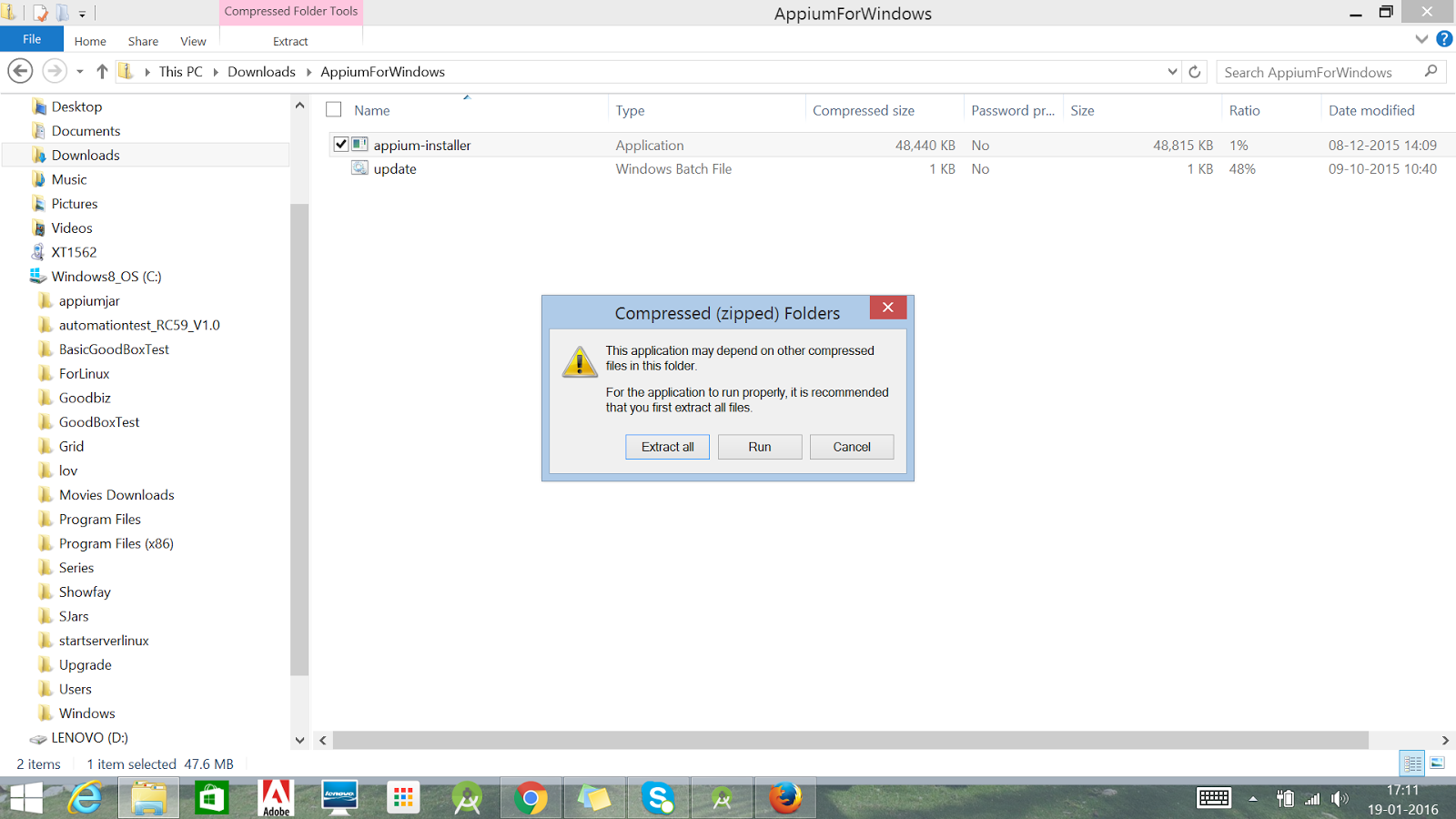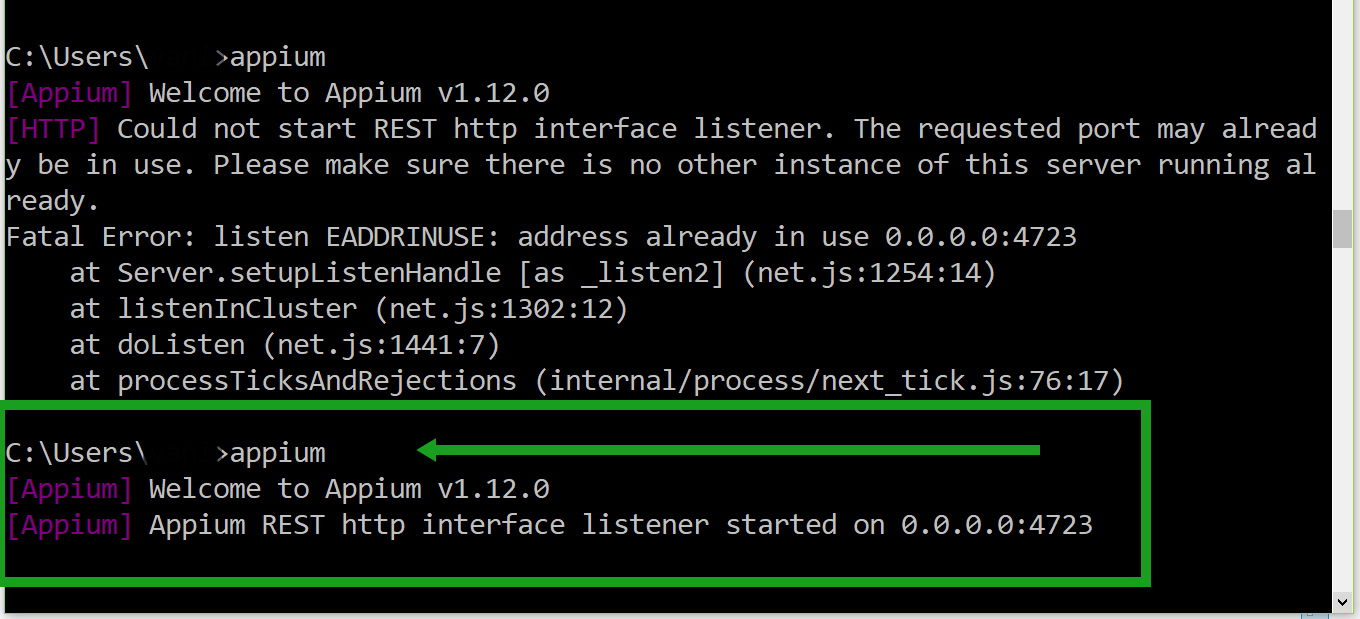

- #Java to start appium server and session install#
- #Java to start appium server and session update#
- #Java to start appium server and session android#
- #Java to start appium server and session simulator#
So, I will open the Appium server and start an inspection session and then I will select from the 'Saved Capabilities' - 'iOSSimulator'. So Tap if it's a button, and Send Keys if it is a text box. In an inspection session, I will start to inspect this application. If you click, for example, on this element, or on this button, you will find here the App Source and you will find the elements, and once you click on this element, you can find your "accessibility id", the "xpath", or you can also do a "Tap" or "Send Keys" or "Clear", or you can copy anything from this.

At this point, the server will initiate an automated session and then. So for example here, after we click the "Start Session" button, we will have the inspector session here. Appium currently supports Python, JavaScript, Objective-C, Java, Ruby, PHP, C. It also lets you perform basic actions on these elements, such as tap and send keys. Once you add the Desired Capabilities and then click "Start Session", you can start to inspect the elements. So, emulator-5554 is the name of the emulator, and the type is device.Īppium Desktop offers an inspector that you can use to look up or locate elements of an application. If we have different devices - if we have a physical device already attached using a USB cable, it will also be displayed with this link. Then, it will give us a list of devices attached to our machines. I already have one emulator that's open, and I will run the command. Then, the output will be the device ID and the type is the device.
#Java to start appium server and session simulator#
Usually, we are using the device ID or the device name and our desired capabilities to be able to start a new session with the Appium server.įor example, in iOS, from the command line, we can use this command to list our iOS simulator device’s information on our machine, and also, we can find the UDID in this schema. Without the required, we can't start our session. Here you can click on "Desired Capabilities Documentation" to know the required desired capabilities because we have optional and required desired capabilities.
#Java to start appium server and session android#
# Desired Capabilities for Appium for both Android and iOSĪs we mentioned before, Desired Capabilities are keys and values encoded in a JSON object, sent by Appium clients to the server when a new automation session is required.ĭesired Capabilities can be scripted in the WebDriver test in our test script or set within the Appium Server GUI via an inspector session.įor example here, this is the inspector session with Appium Server, when we start inspecting or want to add desired capabilities here in the inspector session with Appium server and to start our session.
#Java to start appium server and session install#
RUN npm install -g -chromedriver_version=".24" -unsafe-perm=true -allow-rootĮNV JAVA_HOME=/usr/lib/jvm/java-1.11.Chapter 11.2 - Configure and Run GitHub Actions with Appium

# ChromeDriver version must be compatible with Chrome version installed in emulator # Next packages are needed for ChromeDriver to be working
#Java to start appium server and session update#
RUN apt-get update & apt-get -qqy install \ # Start container: 'docker-compose up -d'

# Build image: 'docker-compose build -no-cache' When you build and run the docker container, it will be started again once you reboot your machine.ĭockerfile: # Appium server for mobile tests We use dockerized Appium, for tests of native Android app and also mobile Chrome.


 0 kommentar(er)
0 kommentar(er)
